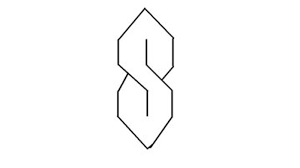Text:
Performed with handclapping:
“Miss Mary Mack Mack Mack
All dressed in black black black
With the silver buttons buttons buttons
All down her back back back
She couldn’t read read read
She couldn’t write write write
But she could smoke smoke smoke
Her father’s pipe pipe pipe.”
Context:
KY is an 18-year-old American Student at USC. She grew up in North Carolina. I asked her if she knew any proverbs or commonly said phrases and she told me this one. She told me this song/rhyme that was played with handclapping when I asked her about any childhood games she remembers, but she told me she could only remember the “bad version,” which she thinks was “bad” because of the discussion of smoking/pipes.
Interpretation:
Miss Mary Mack is rather widespread, and while I’ve heard the beginning before, it wasn’t common where I grew up, so I didn’t know the whole thing. I would be considered a passive bearer of this tradition, whereas my informant would be an active bearer. It’s common that children’s songs like this will have the “good [original] version” and the “bad version” derived from the original with a few things changed to make it naughty. The naughty oikotype might be specific to the area my informant grew up in, and there may be different oikotypes in other places that are similar but have slight variations. And since this can be played as a game with handclapping, it is a way for kids to entertain themselves without a need for toys or things of that sort and it is easy to learn with a simple melody and repeating words.

